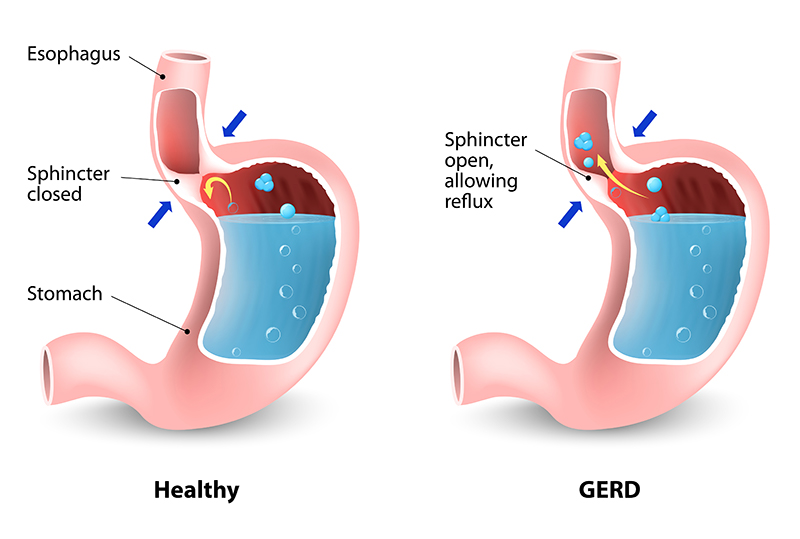The cause of acid reflux, heartburn or a chronic cough isn’t always apparent. Many conditions may occur to cause an increase of acid in the stomach.

Obesity
For individuals with a BMI over 30, excess weight on the abdominal wall and increased intra-abdominal pressure can contribute to chronic heartburn and acid reflux.

Hernia
Heartburn (acid reflux) is commonly caused by a hiatal hernia, or esophageal hernia. This is when the upper part of the abdomen pushes up through the diaphragm, allowing acid to reflux into the esophagus.

Pregnancy
During pregnancy, many women develop heartburn or acid reflux, which can worsen as the pregnancy continues and pressure on the diaphragm increases.

Smoking
Cigarette smoking can cause heartburn and acid reflux by increasing acid secretion, damaging mucous membranes, impairing muscle reflexes in the throat, and reducing salivation and diaphragm muscle function.

Trigger foods
Unfortunately, certain foods can cause heartburn (acid reflux). Trigger foods vary and can include alcohol, chocolate, carbonated beverages, tomatoes, spicy foods, fried foods, citrus, garlic, onions and acidic foods.



